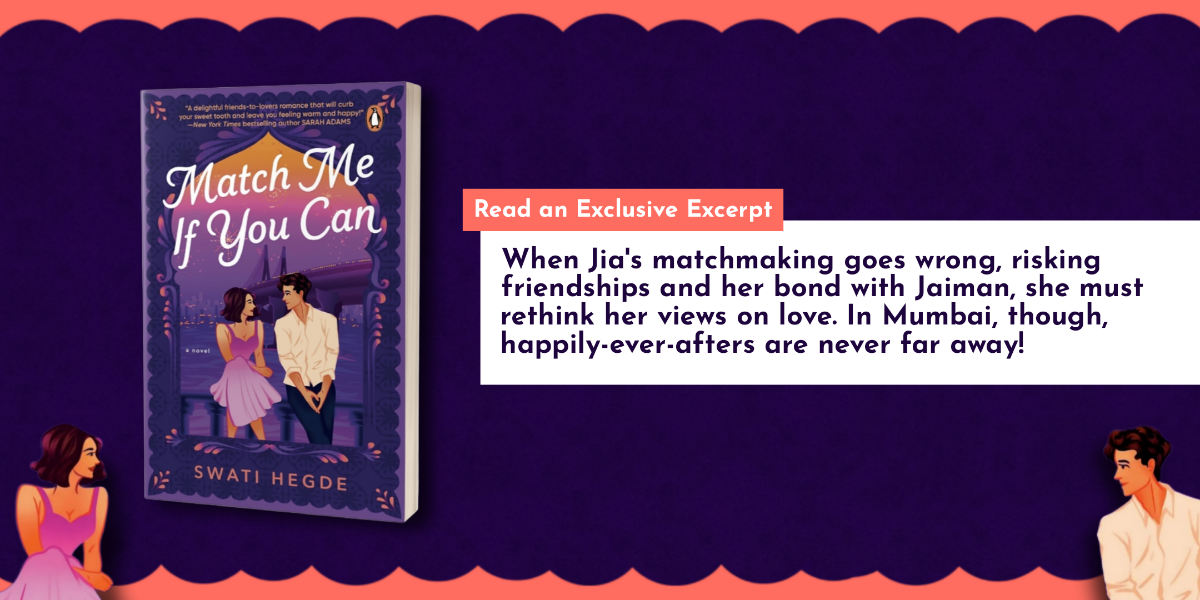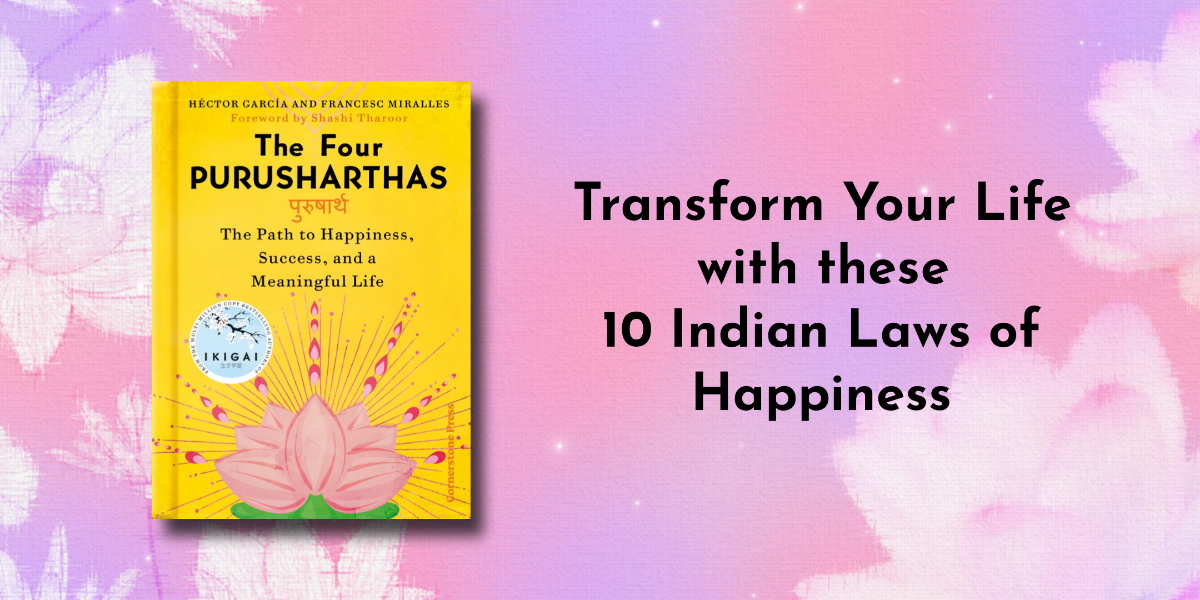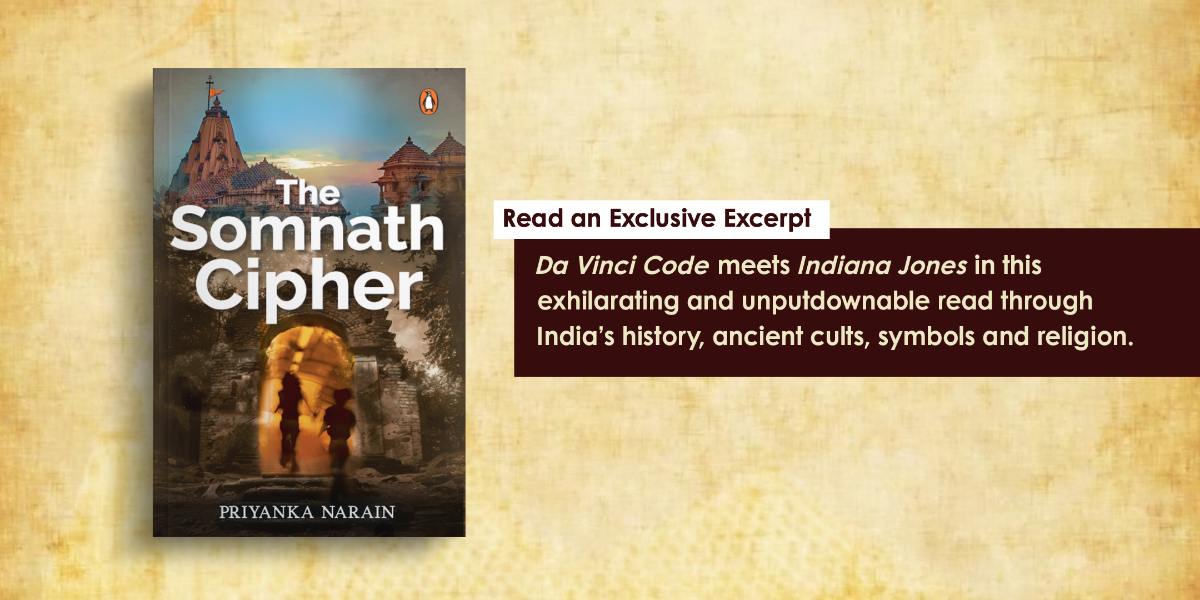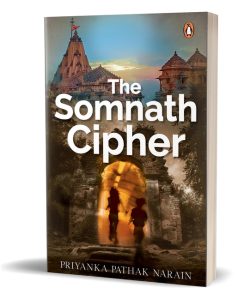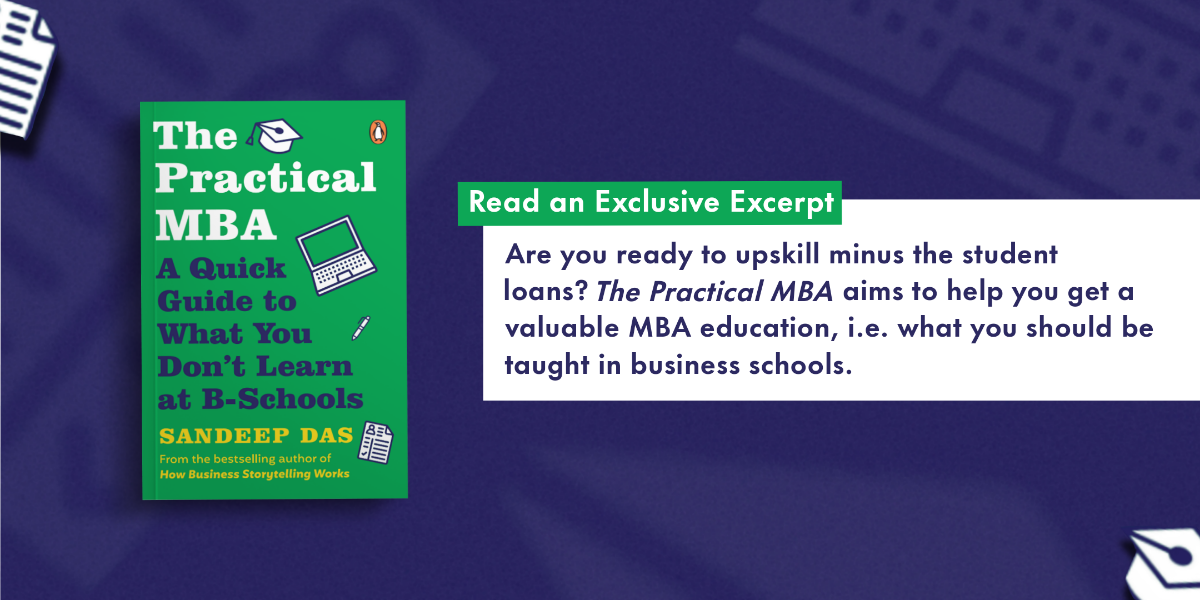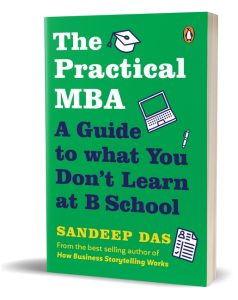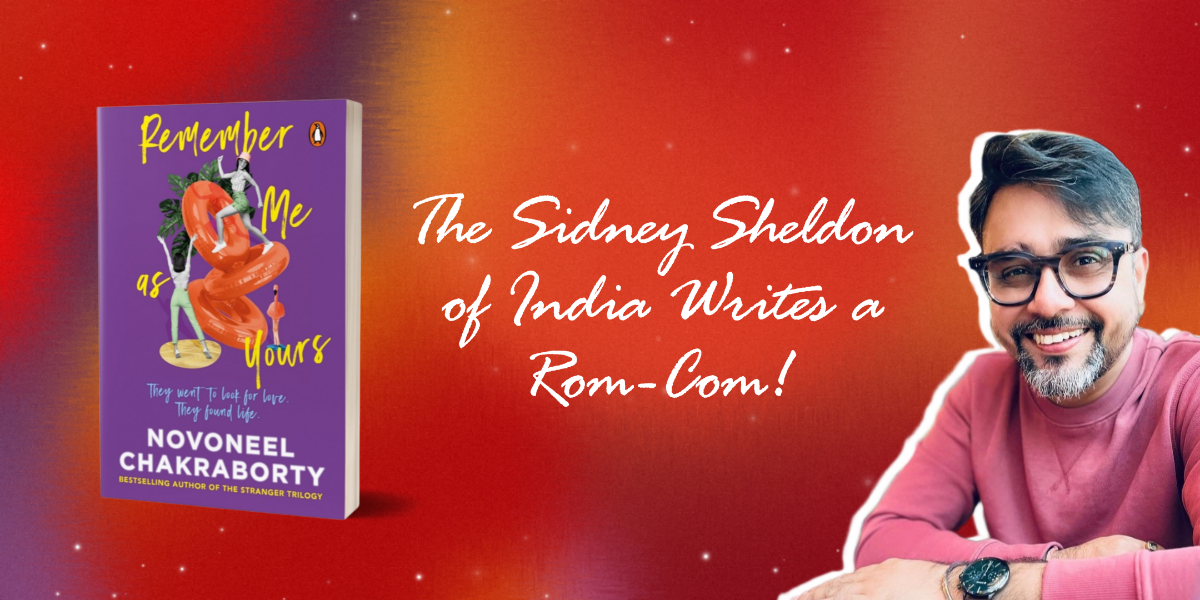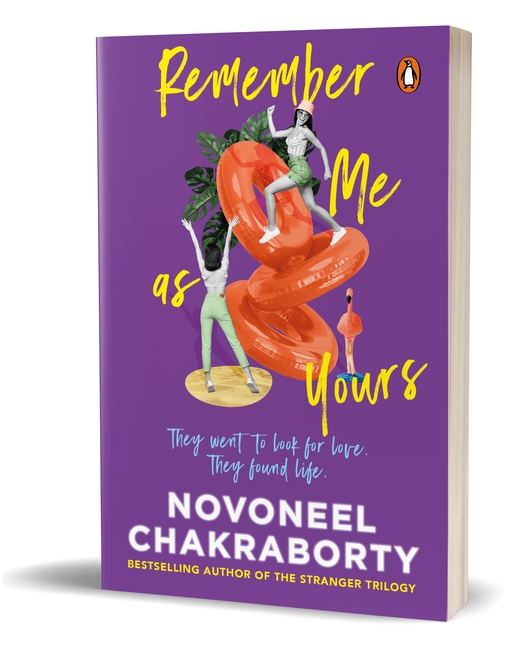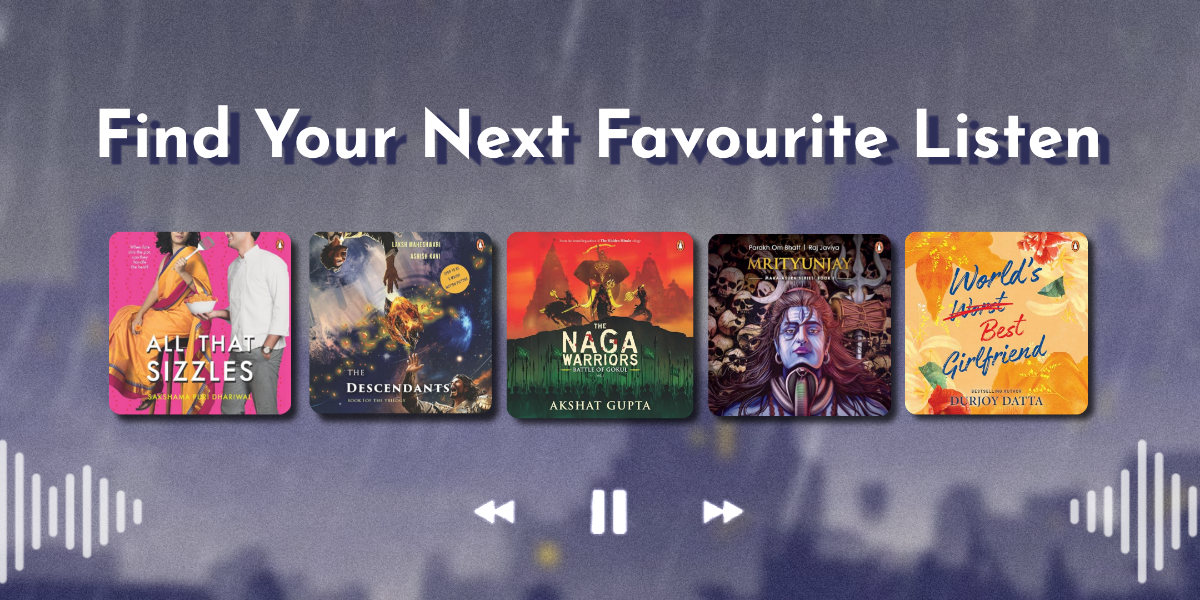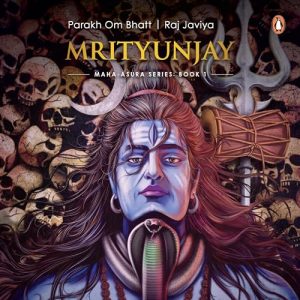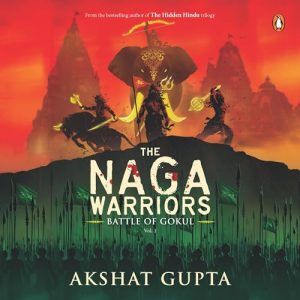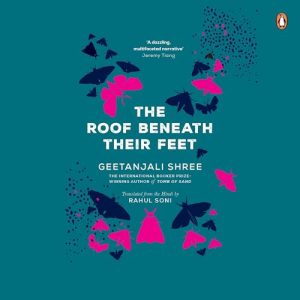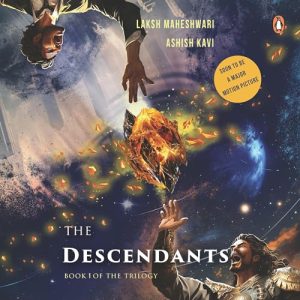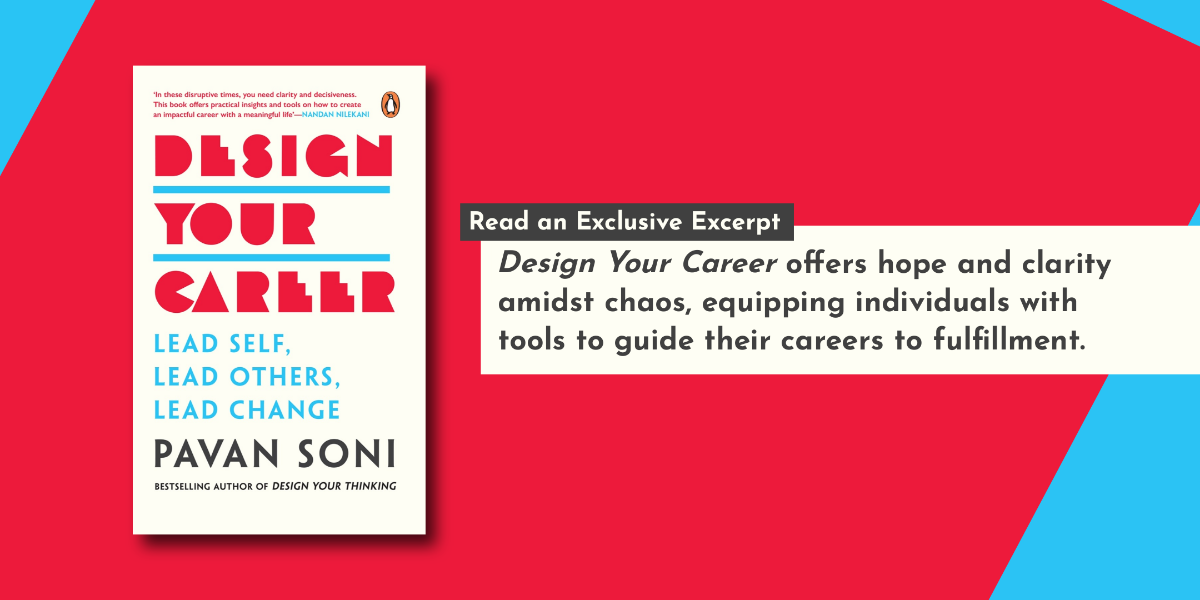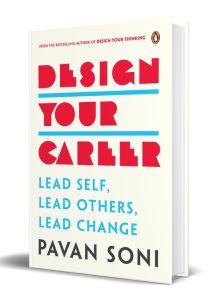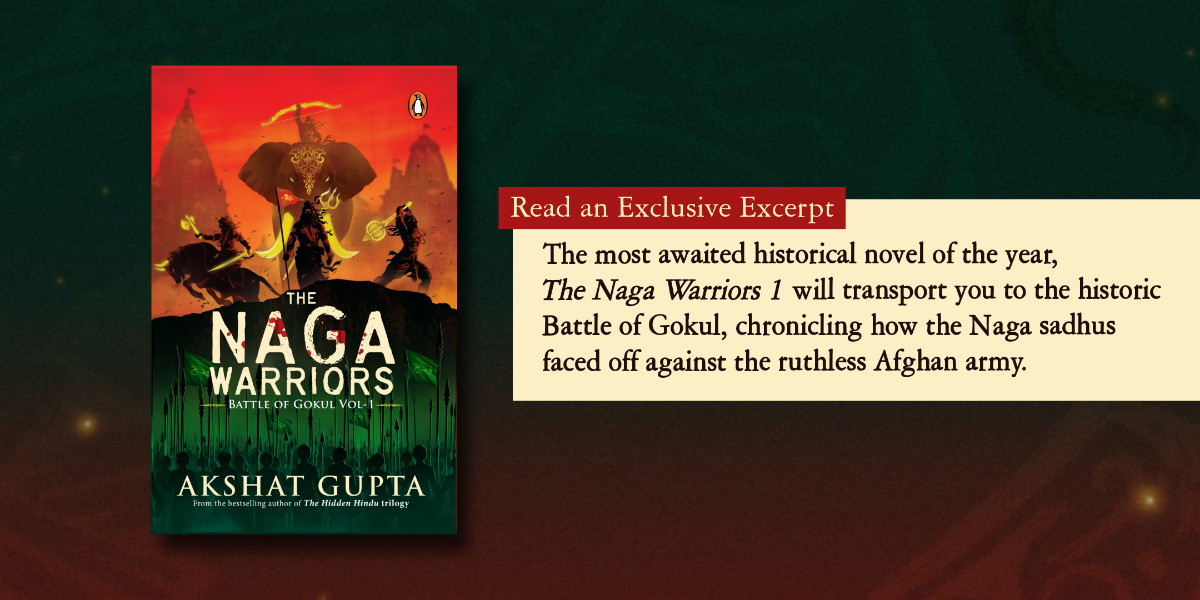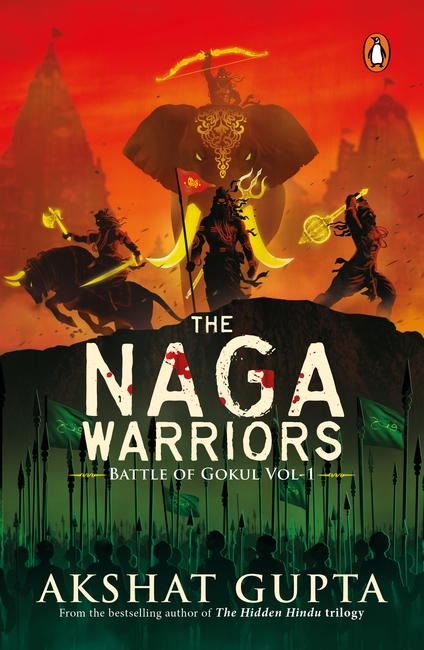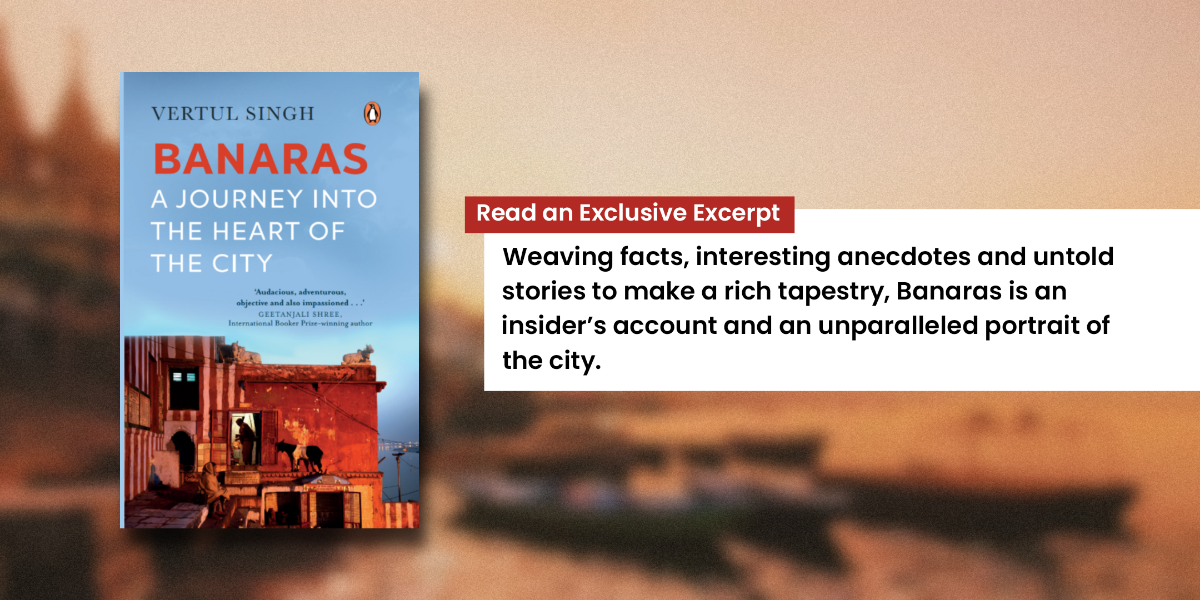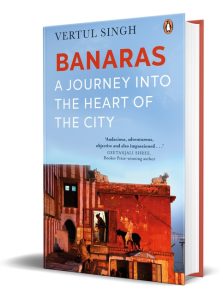Straight from the writer of Om Shanti Om comes Secrets Within—a thriller that will keep you up all night. Meet Aakash, a visionary architect, who lands a dream project to redesign a grand mansion for the wealthy Mr. Khanna. But behind the mansion’s opulent facade lies a web of secrets and hidden agendas.
Read this exclusive excerpt to find out about Aakash’s fate when he meets Mr. Khanna for the first time.

***
Suddenly, the door opened and a well-groomed man, standing at about 6 feet and dressed in a black suit, with neatly combed hair and shiny black shoes, entered the conference room. As he sat down at the other end of the table, Aakash kept looking at the door, waiting for it to work around its hinges to open and close as more people poured in. The door stayed shut. It was just him and the wellgroomed man. The man cleared his throat, alerting Aakash to begin his presentation. The presentation was slightly shaky at the beginning, but Aakash found his confidence as the slides passed. He had forgotten about the swollen cheek, the receptionist and the wall he felt pushed against. The weirder bit came in when the well-groomed man did not respond immediately to the presentation. It took him about fifteen minutes of silence and mental calculations to announce, ‘Good work.’
‘So, how do we proceed?’
‘We have to meet the boss now. He would like to have a word with you before the contract is signed.’
The information surprised Aakash. He said, ‘I thought you were . . .’
‘I am not sure how relevant your thoughts are, Mr Aakash. Now if you could kindly follow me,’ said the well-groomed man curtly.
Aakash had always had a problem with authority, but he surprised himself by following the man’s instructions. He followed him out of the conference room as he passed by the receptionist, who smiled at him, and got into the lift. The lift stopped and they walked to the office driveway. They waited in silence with Aakash itching to ask questions about their commute. Before he could ask, a limousine pulled over in front of them. Aakash was so intimidated by the size of the car that it left his mouth open. The chauffeur opened the back door of a shiny imported Cadillac for an awestruck Aakash. The luxury interiors of the car gave him goosebumps—the velvet-laden seats were so soft on the skin that it lured him to sleep before he could explore the endless features of the car. His sleep was barely disturbed by the sun as the window shades were pulled up. By the time Aakash woke up, he couldn’t tell where he was. He turned to the left, right and back for a glimpse of the location.
It was just a long road with landscaped areas on both sides. Aakash was only able to occasionally spot an old sculpture on the verge of falling apart at sparse distances. Where were they taking him? He frantically looked for identifying markers and found none. An hour later, the driver pulled the door open. Outside, another surprise awaited him. A massive structure from ages ago stood in front of him that could easily pass for a castle from the past. The multi-storey structure had been done with stone, lending to the castle feel. He couldn’t gauge more details from outside as the well-groomed man rushed him into the interiors, where he was further hurried to a lift. Aakash was certain that the flooring was marble and that he had caught sight of a couple of valuable art pieces on the wall. He couldn’t imagine what they intended to do with rebuilding an already magnificent house.
The well-groomed man barely gave Aakash any time to enjoy the prized possessions while Aakash had lost count of the doors they passed. A double door opened to a darkly lit room, except for the middle. The billiards table was extremely well-lit from an angular source of light. Aakash heard the noise of the ball hitting the solid wood and falling into a pocket.
‘He is here,’ announced the well-groomed man for the benefit of the gentleman who had been playing the game with devout concentration. The man stood
at about 5’ 8’’, had a lean body type and was dressed in a crisp white shirt with the sleeves pulled up and black trousers.
‘Hello, Mr Aakash.’
‘Hello, Mr Khanna.’
‘Been hearing good things about your presentation,’ said Mr Khanna as he arranged his billiard sticks neatly on to the holder.
‘Thank you. I would love to show it again to you personally,’ replied Aakash in an eager-to-please voice and reached for his laptop.
‘That would not be necessary, Mr Aakash.
You should reserve the presentations for the ones who are willing to be pleased by numbers, figures and stats.’
Aakash was slightly perplexed.
‘Numbers are about profits and losses. What I am looking at is something which falls above profits and losses. I am looking for something for people to
marvel at. Like Gatsby.’
‘You have a place that already rivals Gatsby’s, sir.’
Mr Khanna chuckled at the compliment. ‘You should reserve your flattery, Mr Aakash.’
Aakash felt a little lame at his compliment being shot down mercilessly.
‘I am confident that the money offered in the contract is more than what the task demands, so I would like to put forth a caveat before we sign our
contract.’
A catch? That sounded bad. A catch has never been a good thing, thought Aakash to himself.
‘You will be given our garden area and the terrace that overlooks it to give us an idea of what you are capable of.’
That did not sound like a catch. Aakash agreed immediately, ‘Absolutely, sir! I am sure that my work will not leave you looking for another architect.’
***
Get your copy of Secrets Within by Mushtaq Sheikh on Amazon or wherever books are sold.








